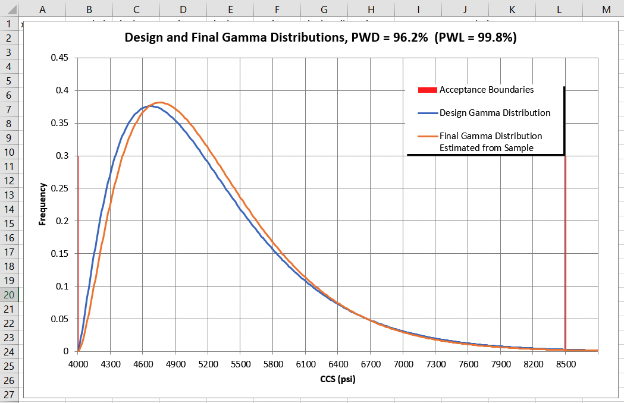Project Summary
The Vermont Agency of Transportation (VTrans) currently uses a lower acceptance limit on 28-day concrete compressive strength (CCS) of 4,000 psi for acceptance of in-place concrete in its construction projects. Over time, to mitigate risk, the concrete industry’s response has led to increasingly higher average 28-day CCS, which is believed to be associated with increased brittleness and excessive early cracking. UVM researchers worked with VTrans’ Materials Testing & Certification Lab to develop a set of initial pay factors for a new double-bounded system with an upper limit as well. The scenario-based heuristic approach balances Agency risk with industry risk in the use of payment incentives and disincentives. Several likely scenarios for an initial industry response to new pay factors were simulated. The success of that research effort, and ensuing meetings with leading industry representatives, led VTrans to the decision to implement this double-bounded approach, tentatively beginning in the Spring of 2020. Pay factors are typically enforced for payment using the percent-within-limits (PWL) approach, but a drawback of the traditional PWL approach is its implicit assumption that the distribution of CCS is Gaussian so that z-scores can be used for assessment of payment, and that payment for strengths exceeding the target mean equal those falling short of the target mean by the same amount. Although this approach works well when a single lower acceptance boundary exists, it will not be likely to work when an upper and lower acceptance boundary are used, since pay factors are not likely to be identical above and below the target value. Additionally, our research team’s review of the literature and historical data in Vermont suggests that the distribution of resulting industry-wide CCS is not likely to be best-fit to a Gaussian probability distribution function (PDF) once the double-bounded system is implemented. The goal of this project is to develop a new method of enforcing pay factors for payment of in-place CCS that does not rely on the Gaussian distribution and allows for the use of an asymmetrical set of pay factors.

